SANFL grand final spectacle and the storylines within it prove how good SA footy is | Graham Cornes
A grand final where the result was in doubt until the final siren. Ted Lasso parallels and underdog fairytales. SA footy is kicking goals and, as Graham Cornes says, it’s time the AFL took notice.
Opinion
Don't miss out on the headlines from Opinion. Followed categories will be added to My News.
The SANFL grand final last Sunday was exactly what South Australian football needed.
An epic contest featuring two traditional football rivals, it was in doubt till the final siren.
It proved to the football world just how relevant South Australian football is.
We’ve been brainwashed by AFL football and its relentless coverage and hype.
However, isolate the spectacle, take that game on its merits and it rivals anything we see in a week of wall-to-wall AFL coverage.
One wonders where Port Adelaide president, David Koch, who didn’t attend, was watching our grand final from.
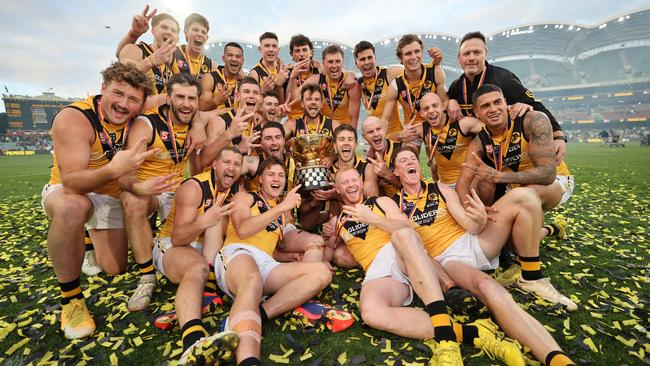
If he actually saw it, does he still believe the VFL is the second-best football competition in the country? Does he still want to blame the SANFL for the capitulation of Port’s reserves team?
The match was fierce and competitive early but then opened up into quick, running, attacking football. The contest never waned.
Norwood’s smaller midfielders, Cootee, O’Neill and Lowe cut Glenelg to pieces early.
Ruckman Harry Boyd, despite spirited opposition from Glenelg’s Cam McGree, showed why he won the Magarey Medal. Big-bodied and full-chested he was one of the main reasons Norwood dominated early.
The Redlegs looked to have broken the game open at the nine-minute mark of the third quarter when they surged to a 25-point lead but it was never enough to crush the spirit of the Glenelg players or the optimism of Tigers fans.

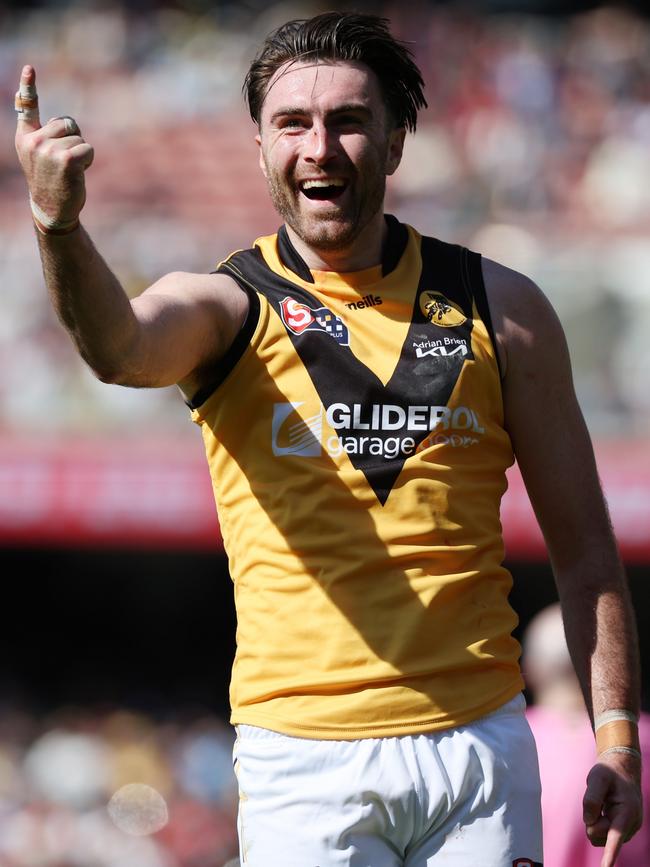
This was particularly so when Boyd had to leave the game under blood-rule protocol.
The momentum definitely changed and Glenelg captain Liam McBean took full advantage.
His strong marking and flawless goalkicking was the difference between the teams and left no doubt who would win the Jack Oatey Medal. Why he is not on an AFL list is beyond comprehension.
He’s 30 now so it won’t happen, but Harry Boyd at 26 would have plenty to offer an AFL club.
You had to feel for the Redlegs supporters, though.
Norwood had been the best team in the competition this season and had cruised through to the grand final with an easy win over Central District in the second semi-final.
Maybe that was the problem. Being so dominant meant the Redlegs had played only one game in the four weeks leading into the grand final – a soft one, winning by nearly 10 goals.
Plus, their last three minor round games had been easy victories as well.
Glenelg, on the other hand, had fought its way through from the elimination final.
Beset by injury and form, the Tigers had not enjoyed the easiest of seasons. Additionally, there might have been a hint of a premiership hangover.
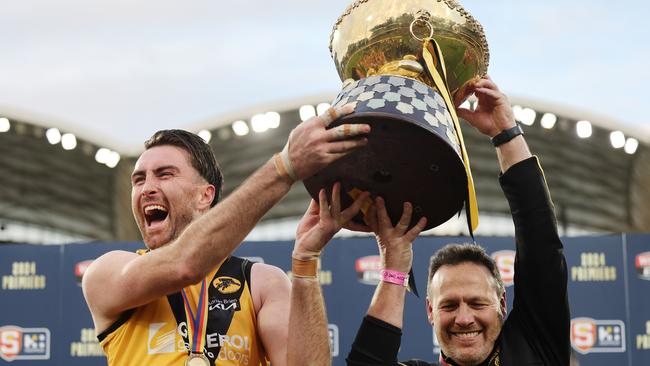
Beaten by Central in the second to last game of the season, they somehow rallied and found form just as the longer September days signalled the start of footy finals action.
Actually, the Bulldogs were the feel-good story of the finals. Finishing the minor round in third position they then upset Sturt in the qualifying final.
They were beaten in the second semi then subsequently eliminated in the preliminary final but, on balance, it was a very good year for the Bulldogs and their coach, Paul Thomas.
Season 2024 had been a rollercoaster ride for the Glenelg fans.
Actually, being a Glenelg fan is like being on one continuous rollercoaster but, despite a history of near misses and grand final losses, they still remain optimistic.
The recent years have been good to them and rewarded that optimism. Three premierships in the past six seasons have restored their belief in the football gods.
It’s a far cry from those times when a run of nine grand final appearances returned only one premiership.
The great Neil Kerley led the team to five grand finals for only one triumph.
Yet current Glenelg coach Darren Reeves has won two premierships in his first two years as a senior coach.
Appointed well after a pre-season had started, his impact was immediate and is worth closer study.
From an elite cricketing background, he is living proof you don’t have to have been great footballer to be a great coach.
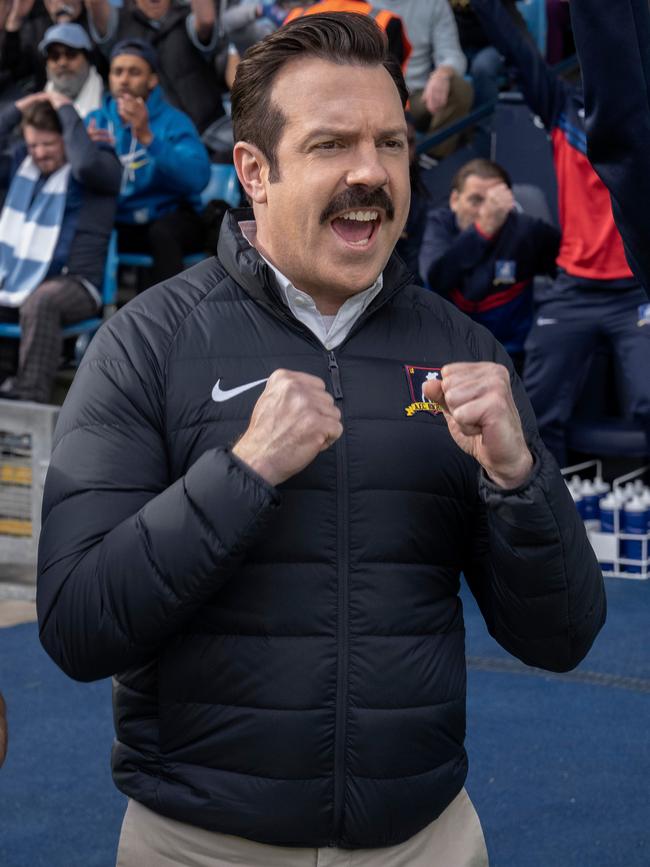
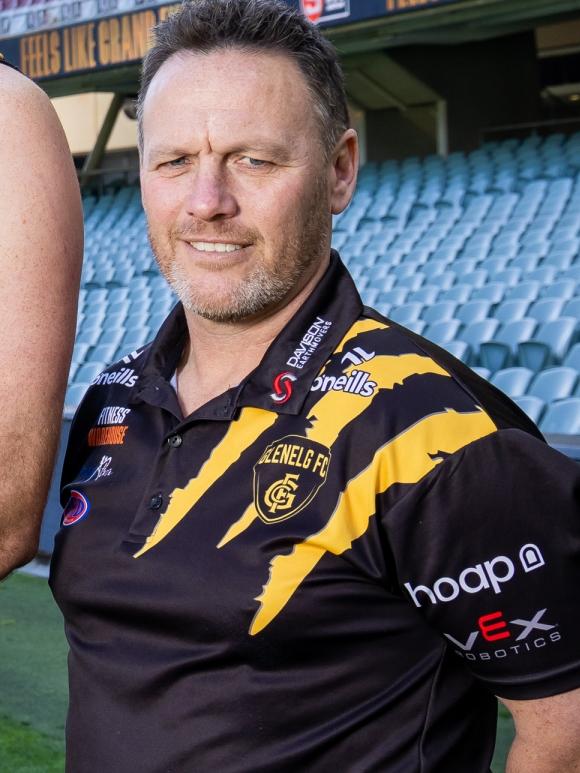
Fans of the hit TV series Ted Lasso, about the American football coach hired to coach a British soccer team, might see the similarities.
Reeves’ strength has been an ability to establish strong relationships with his players.
It’s a common theme with successful modern coaches. There is no doubt Glenelg has a strong leadership group but Reeves sets the agenda and empowers his players in a manner old-school coaches could never have countenanced.
He also searches for examples of inspiration. Regardless of the sport, there are always examples of champions overcoming the odds, be they physical, psychological or social.
Reeves and the players can talk about it now but, as the season started to slip away, for inspiration they used the experience of the famous American middle-distance runner Dave Wottle in the 1972 Munich Olympic Games.
Wottle, a slightly eccentric athlete, renowned for running in a golf cap, had been a mile runner who unexpectedly qualified for the 800m by equalling the world record.
He had annoyed his Olympic coaches by scheduling his wedding just weeks before the Games started and then was restricted by tendinitis in his preparation.
Wottle’s theme that the Glenelg players adopted was the final of the 800m race when, after conceding a big lead, he entered the final stages of the race in fourth position. (Glenelg entered the finals in fourth place).
Slowly, he passed the three runners in front until grabbing a last-gasp victory to win the gold medal.
Adopting the theme, the Glenelg players had their own running track in the clubrooms they marked off with every victory bringing them closer, like Wottle and his gold medal, to a premiership medallion.
Romantics might see the similarities, others maybe not, but it was a theme that galvanised the Glenelg players.
The result, similarly a last-gasp victory, can speak for itself.
For long-suffering Glenelg fans, the premiership is seen through their eyes as some reward for their years of loyal support and finals disappointments.
But the result was more than a Glenelg triumph. It was a triumph for South Australian football and for the SANFL that is expected to develop and maintain the game in our state with minimal AFL support.
The AFL has squandered millions in the northern states.
It will maintain yesterday’s grand final between Sydney and Brisbane justifies the expense but our game will never overtake rugby league in Queensland and New South Wales.
When the Swans and the Lions slide, as they surely will, the fans will disappear, particularly in Sydney.
South Australia needs and deserves more AFL funding to invest in junior and club development, particularly in the expanding areas north and south of the city.
When you can get more than 35,000 fans to a grand final and dominate the television ratings, South Australian football still has plenty to offer.






